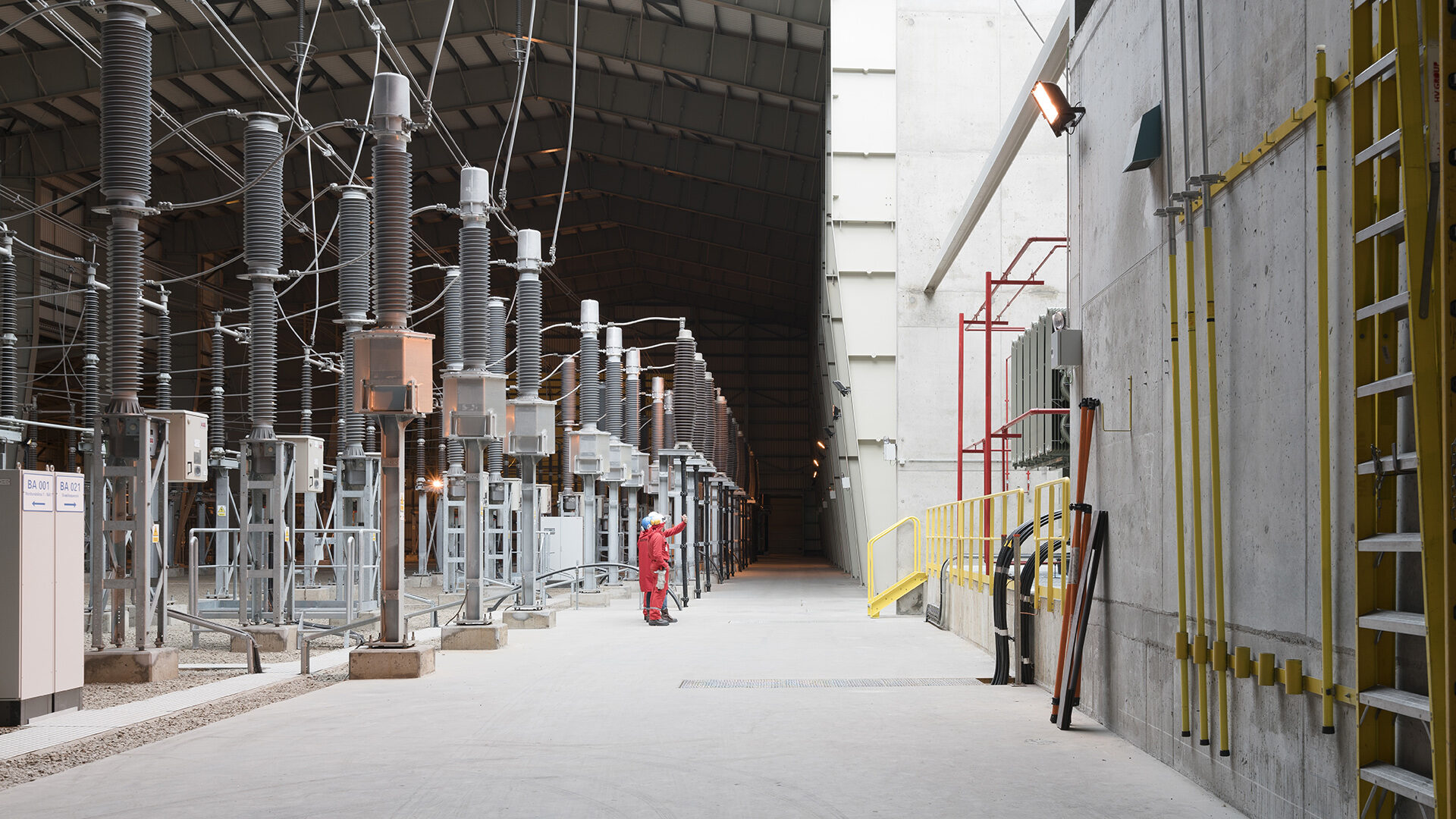
Norðurál‘s Energy Purchases
In November 2020 Norðurál requested the lifting of confidentiality of its energy contracts. Norðurál finds it natural that there be transparency on the prices it pays for energy produced in Iceland and that the debate on the company’s competitive environment be based on reliable information.
Norðurál consumes around a quarter of all electric power produced in Iceland and we fully understand that the people of Iceland want a clear picture of how the natural resources collectively owned by the nation are put to use and taxed.
Energy contracts with big users
While the energy bill of an aluminum company is considerably more complex than the electricity bill of a household, it is still possible to give a fairly clear picture of Norðurál’s energy purchases for production. Norðurál has made long-term contracts with three energy providers amounting to a total of 525.5 MW. The contracts were signed at different times during the past decades and are of varied duration. There are four contracts currently in force: Jointly with HS Orka and OR since 2005, with OR since 2008 and Landsvirkjun since 1997 and 2009. The 1997 contract with Landsvirkjun was last revised and extended in 2016.
Long-term contracts for buying and selling electric energy cover many issues. The main ones include contract duration, quantities, a pricing formula, a take-or-pay issue and the setup of power transmission fees to Landsnet. Norðurál either pays in part for the transmission against the energy provider involved, or in full. In three out of Norðurál’s four contracts the rates are pegged to the global market prices of aluminum. When the 1997 contract with Landsvirkjun was renewed in 2016 the aluminum price pegging was abandoned and pegging to the Nordic Nord Pool electricity market was adopted instead.
47.5 MW from OR (2008)
On December 30, 2008 Norðurál and OR signed a contract (OR 2008) for the projected Helguvik aluminum smelter. This energy could also be used for Norðurál’s Grundartangi smelter in light of the uncertainty concerning the construction and launch of the Helguvik smelter. Delivery in accordance with this contract began in 2011.
The Contract (OR 2008) is available HERE.
Definitions
MW and MWh
The unit of measurement for power is called watt (W). Power applied for a given amount of time is called energy and is measured in watt-hours (Wh). As the units in the power and electric energy consumption of energy intensive industries are sizeable, units of megawatts (a million watts), gigawatts (a thousand megawatts) or even terawatts (a thousand gigawatts) are usually applied.
14.2 (MWh/t) is the energy required to produce one ton of aluminum. Norðurál’s annual consumption of electric energy amounts to ca 4.6 million MWh.
LME
LME stands for London Metal Exchange and is used for indicating the price of aluminum listed there ($/ton of aluminum).
LME cash is the spot price and LME3M is the three-month price in forward trading.
The LME pricing formula involves multiplying LME’s monthly average for the accounting month ($/t) with a percentage that indicates the share of electric energy cost in the price of aluminum, thereafter dividing that figure with 14,2 (MWh/t) to obtain the price for the specific month in $/MWh.
Click HERE for LME prices for aluminum.
Nord Pool
Nord Pool means the Nordic electricity market.
Nord Pool prices are available HERE.
Take-or-pay
A percentage of the underlying energy in the contract which the buyer guarantees to pay for at any given time, whether it is put to use or not.
Permission to resell energy
A permission to resell energy the buyer contractually purchases to a third party, e.g. in case of production stoppage or it becomes uneconomical to contractually use the energy.
Electric energy transmission
The way contracted power transmission costs (i.e. payments to Landsnet) are split between energy providers and buyers differs. In Norðurál’s contracts it is either Norðurál, the energy providers or it is split equally between the parties.
